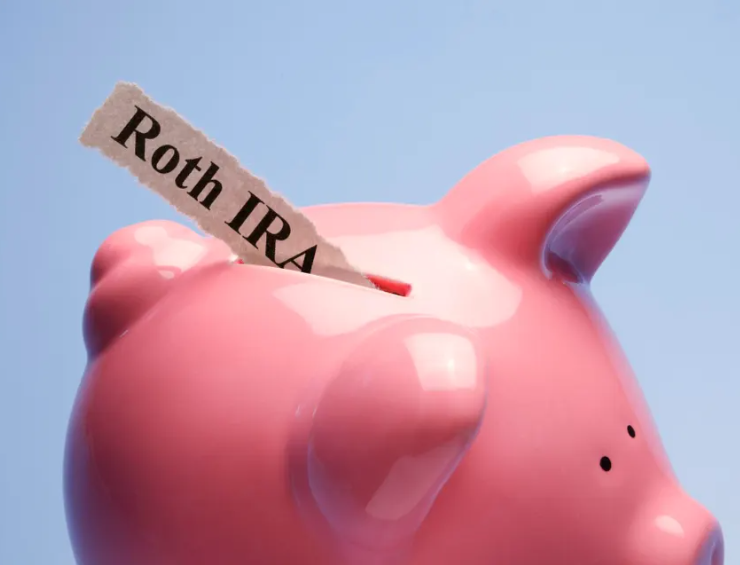When it comes to investing, many people immediately think of stocks, bonds, and mutual funds. But there’s a whole world of investment options beyond these traditional avenues. If you’re ready to explore new ways to grow your wealth, alternative investments may be the solution. These investments can offer diversification and potentially high returns. Whether you’re just starting out or looking to expand your portfolio, here’s a rundown of some alternative investment options that you might want to consider this year.
What Are Alternative Investments?
Alternative investments are anything outside of conventional stocks, bonds, or mutual funds. These can include real estate, peer-to-peer lending, private equity, art, and even cryptocurrency. The beauty of alternative investments lies in their ability to diversify your portfolio and offer different risk-return profiles compared to traditional assets.
Before diving in, it’s crucial to understand where your money is going and how it might perform. While these investments can yield great returns, they also come with their own set of risks.
Best Alternative Investment Ideas
- Investing in Real Estate and Rentals Real estate has long been a popular investment choice, offering potential for both steady rental income and property appreciation. If you’re willing to take on the responsibilities of a landlord, investing in properties such as single-family homes or multi-unit buildings could be a great way to earn passive income.
That said, being a landlord isn’t always easy. Maintenance, tenants, and the occasional late rent payment can add stress. Hiring a property manager could alleviate some of the headaches, but it comes with additional costs. If you’re up for the challenge, real estate can be a lucrative alternative investment.
- No-Landlord Real Estate Investing Not interested in dealing with tenants or maintenance? Crowdfunding platforms like Fundrise and RealtyMogul allow you to invest in real estate without the landlord responsibilities. These platforms pool money from multiple investors to buy properties or provide loans. The idea is to earn income through rental payments or interest on loans without the need for physical property management.
Fundrise, in particular, is a standout, as it allows you to start with as little as $500. And you don’t need to be an accredited investor to get started, making real estate investing accessible to a wider audience.
- Peer-to-Peer Lending Peer-to-peer (P2P) lending platforms like Lending Club let you loan money directly to individuals or small businesses, bypassing the traditional bank model. In return, you earn interest as the borrowers repay their loans. With P2P lending, you can get involved in everything from personal loans to business financing.
Lending Club allows you to start with as little as $1,000 and offers the flexibility to fund multiple loans with smaller amounts, spreading your risk across various borrowers.
- Investing in Art Art investment is gaining traction, and platforms like Masterworks make it easier than ever to invest in fine art. Masterworks purchases artwork below market value and sells shares in these paintings, allowing you to own a piece of art. If the art appreciates over time and sells for a profit, the investors receive a payout based on their share of ownership.
While art investment can be profitable, it requires a level of expertise. Masterworks handles the details, but it’s important to understand that art can be a long-term hold, with returns varying based on market demand and trends.
- Music Royalties If you’re a music lover, investing in music royalties could be an interesting option. Through platforms like Royalty Exchange, you can buy the rights to music royalties and earn a share of the income generated when the music is played or used in commercials.
This form of passive income allows you to profit from established songs without needing to be a songwriter. However, investing in music royalties generally requires a higher initial investment and could be riskier for beginners.
- Cryptocurrency Cryptocurrency, especially Bitcoin, has become a household name in recent years. Despite its volatility, cryptocurrency can be a lucrative alternative investment. The ease of access to digital currency exchanges like Coinbase makes it possible for beginners to start investing in Bitcoin, Ethereum, Litecoin, and other cryptocurrencies.
While cryptocurrencies offer high growth potential, they are extremely volatile and speculative. Be prepared for large price swings and make sure you understand the risks involved before diving in.
- Gold Gold is often seen as a safe haven during times of economic uncertainty, and it can help diversify your investment portfolio. Whether you buy physical gold in the form of coins or bars, or invest in gold exchange-traded funds (ETFs), gold is a solid option for balancing risk and protecting against inflation.
Gold has maintained its value over time and is considered a relatively stable investment, especially during periods of market downturns.
- Commodity ETFs Commodity ETFs provide exposure to physical commodities like oil, gas, gold, and agricultural products. With these funds, you can invest in commodities without dealing with the logistics of owning the physical asset. These ETFs offer an easy way to hedge against inflation and diversify your portfolio.
Commodity ETFs trade just like regular stocks, but they are subject to the price fluctuations of the underlying commodities.
- Starting Your Own Business If you’re entrepreneurial, starting your own business can be an incredibly rewarding alternative investment. Whether it’s a freelance career, a side hustle, or a full-fledged business, investing your time and energy into a venture you control can yield significant returns.
Starting a business comes with risks, but it also offers the potential for high rewards. If you’re passionate about a particular field, turning that passion into a business could be the best investment you ever make.
- Investing in Someone Else’s Business If you don’t want to run a business yourself but still want to get in on the action, consider equity crowdfunding. Platforms like SeedInvest and Crowdcube allow you to invest in startups by purchasing equity shares. If the business succeeds, you’ll see a return on your investment.
This form of investment can be risky, as startups are more likely to fail, but it also has the potential for substantial rewards if the company grows and succeeds.
Are Alternative Investments Worth It?
Alternative investments can provide diversification and new opportunities for growth, but they come with varying levels of risk. It’s important to consider your investment goals, risk tolerance, and financial situation before diving into any of these options. Diversifying your portfolio with a mix of traditional and alternative investments can help you build wealth and mitigate risks.
Remember, thorough research and due diligence are key to making informed investment decisions. Whether you’re looking for passive income or long-term capital gains, alternative investments offer a world of possibilities beyond the stock market.
Have you tried any alternative investments? Share your experiences in the comments!









